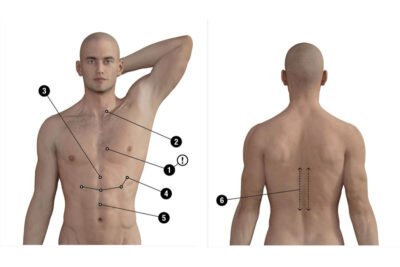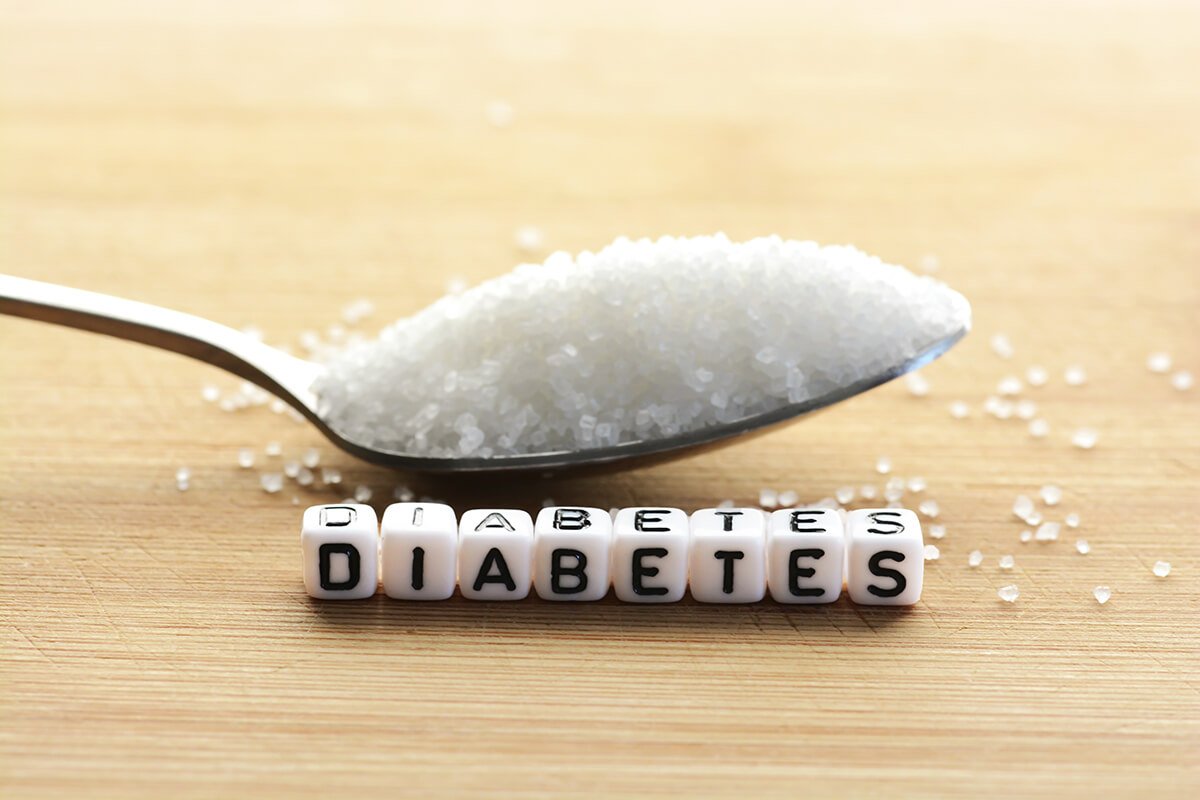Diabetic neuropathy and other diabetic symptoms can be debilitating to those suffering with the condition. coMra therapy provides several treatment protocols that effectively manage many diabetic symptoms as well as restoring key functioning to affected systems of the body.
THE ROLE OF GLUCOSE AND INSULIN
Our bodies require energy to function. The main form of energy that our bodies use is converted from glucose which we produce through the digestion of food. However, our cells do not have direct access to this glucose until the pancreas releases insulin, a process which is triggered when we ingest food. The insulin signals cells to ‘open up’ and receive the glucose. 
Download the coMra e-book for more information on coMra therapy
If your blood sugar is continuously at high levels, and if the pancreas stops producing insulin, at some point the cells ‘refuse’ to open up and this is termed ‘insulin resistance’. The regular functioning of the body is now significantly affected and you are then at higher risk and likelihood of developing Diabetes Type 2.
DIABETES
Around 4,5 million adults in South Africa suffer from diabetes. Symptoms may include frequent urination, extreme thirst, blurred vision, feeling more fatigued than normal and cuts or wounds that take longer to heal. While these symptoms may cause discomfort, the condition is also linked to more severe diseases such as stroke, heart disease, kidney or eye issues, dental or foot problems, neuropathy and diabetic retinopathy.
As a Type 2 diabetic, it is extremely important to monitor and control sugar levels, which includes diet, regular blood tests and managing stress levels.
COMRA THERAPY FOR DIABETES
coMra therapy combines Low-level Laser Therapy with the healing radiances of colour, magnetism and (in the Delta) ultrasound to deliver a powerful combination of biophysical radiances. Read our coMra 101 blog and How it Works: coMra therapy blog for more on how it works.
There are several recommended protocols (all of which can be found in the User Guide) that can offer support for many of the challenging issues faced by Diabetics. Below we cover some of the key recommendations.

Continue with treatment cycles until blood sugar levels return to normal levels and the additional intake of insulin is no longer required. From this point on, apply one treatment cycle every 3 months to maintain healthy blood sugar levels.
In addition to the Endocrinology 1 treatment, it is often necessary to also apply local treatments to specifically affected areas or systems of the body. Some of the most often used protocols include the following:
Traumatology 12 – For pain localised in the small joints of the feet or Traumatology 8 for pain in the small joints of the hands.
Neurology 11 – To improve blood flow of the legs and arms. Decreased blood flow is largely responsible for nerve damage and neuropathic pain.
Therefore, it is also advisable to apply the Universal 3 (Blood) treatment which assists in improving the overall circulation and quality of the blood in your body. It also plays a role in the even distribution of energy in the body and in achieving neuro-endocrine regulation. (If you missed it, you can read our post on Universal 2 and 3 here.)




